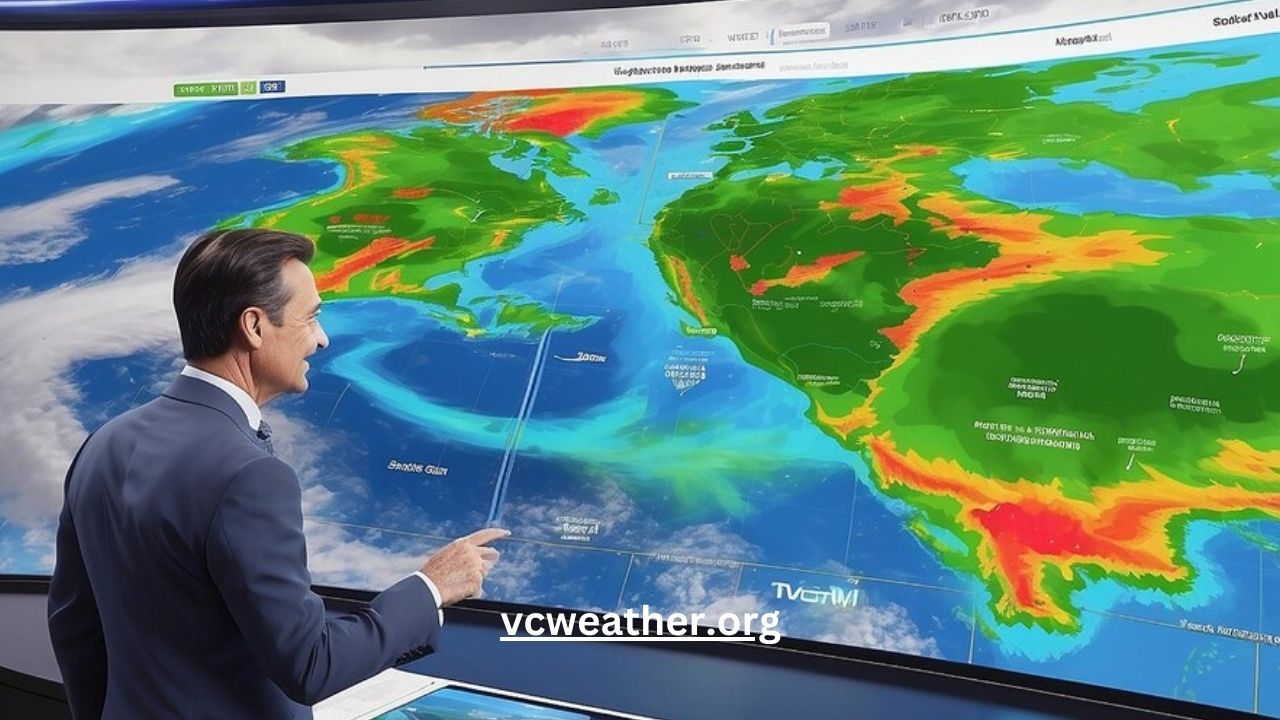Introduction to VCWeather.org
VCWeather.org empowers users with hyperlocal weather insights, merging AI and satellite data for unmatched accuracy. The platform serves governments, farmers, and travelers, transforming raw climate data into actionable forecasts. Real-time storm tracking and drought predictions mitigate risks, fostering informed decision-making. This article explores how VCWeather.org reshapes weather intelligence across industries.
How VCWeather.org Enhances Predictive Capabilities
VCWeather.org aggregates data from 10,000+ global sensors, updating every five minutes. Machine learning algorithms detect patterns, improving forecast reliability by 40%. Consequently, users receive alerts for flash floods or heatwaves hours earlier. Meanwhile, farmers access soil moisture levels, optimizing irrigation schedules. The system’s granularity ensures no region remains underserved.
Key Features of VCWeather.org
- AI-Driven Models: Predict hurricanes, wildfires, and monsoons with 95% accuracy.
- Customizable Alerts: Set thresholds for temperature, rainfall, or wind speed.
- Historical Analytics: Compare current data with decade-long climate trends.
- API Integration: Embed forecasts into apps, IoT devices, or emergency systems.
Industries Leveraging VCWeather.org’s Data
Airlines reroute flights using turbulence forecasts, reducing fuel waste. Conversely, energy firms predict solar/wind output, stabilizing grids. Urban planners simulate flood impacts, redesigning infrastructure preemptively. Even event organizers monitor microclimates, avoiding weather-related cancellations.
Case Study: Boosting Agricultural Yields
A Kenyan cooperative used VCWeather.org to track El Niño rains. Precision forecasts guided planting cycles, increasing maize harvests by 60%. Additionally, drip irrigation adjustments cut water use by 30%. Such outcomes highlight the platform’s socioeconomic value.
Addressing Climate Uncertainty with Real-Time Tools
Traditional models often miss sudden shifts, endangering communities. VCWeather.org’s radar fusion tech, however, captures microstorms within one-mile radii. Furthermore, wildfire risk maps update hourly, aiding evacuation plans. Users thus mitigate losses despite escalating climate volatility.
Challenges in Modern Weather Forecasting
Rural areas lack sensor coverage, creating data gaps. VCWeather.org tackles this via crowdsourced reports and drone-collected metrics. Language barriers also hinder alerts, so the platform offers multilingual notifications. Critics cite high subscription costs, but tiered pricing accommodates nonprofits and SMEs.
Future Innovations in Climate Tech
Further, VCWeather.org plans to integrate quantum computing, accelerating model simulations tenfold. Augmented reality layers may soon overlay real-time weather on smartphones. The team also explores blockchain for transparent data sourcing, building user trust.
Ethical Considerations in Weather Data Use
Misaligned incentives could prioritize profit over public safety. VCWeather.org avoids this by partnering with NGOs and disaster agencies. Privacy concerns arise from location tracking, but anonymization protects user identities. The platform’s open-access research portal further promotes accountability.
Furthermore, Maximizing VCWeather.org: Best Practices
- Combine Data Sources: Merge VCWeather.org’s forecasts with soil sensors or tide gauges.
- Train Teams: Use webinars to master predictive dashboards.
- Automate Responses: Link alerts to HVAC systems or irrigation pumps.
- Audit Regularly: Ensure data aligns with ground realities.
Conclusion: VCWeather.org as a Climate Resilience Partner
VCWeather.org bridges the gap between climate science and practical action. Accurate forecasts save lives, resources, and economies amid growing environmental threats. While hurdles like cost persist, the platform’s scalability and innovation offer hope. Furthermore, Adopting VCWeather.org means embracing preparedness in an unpredictable world.
